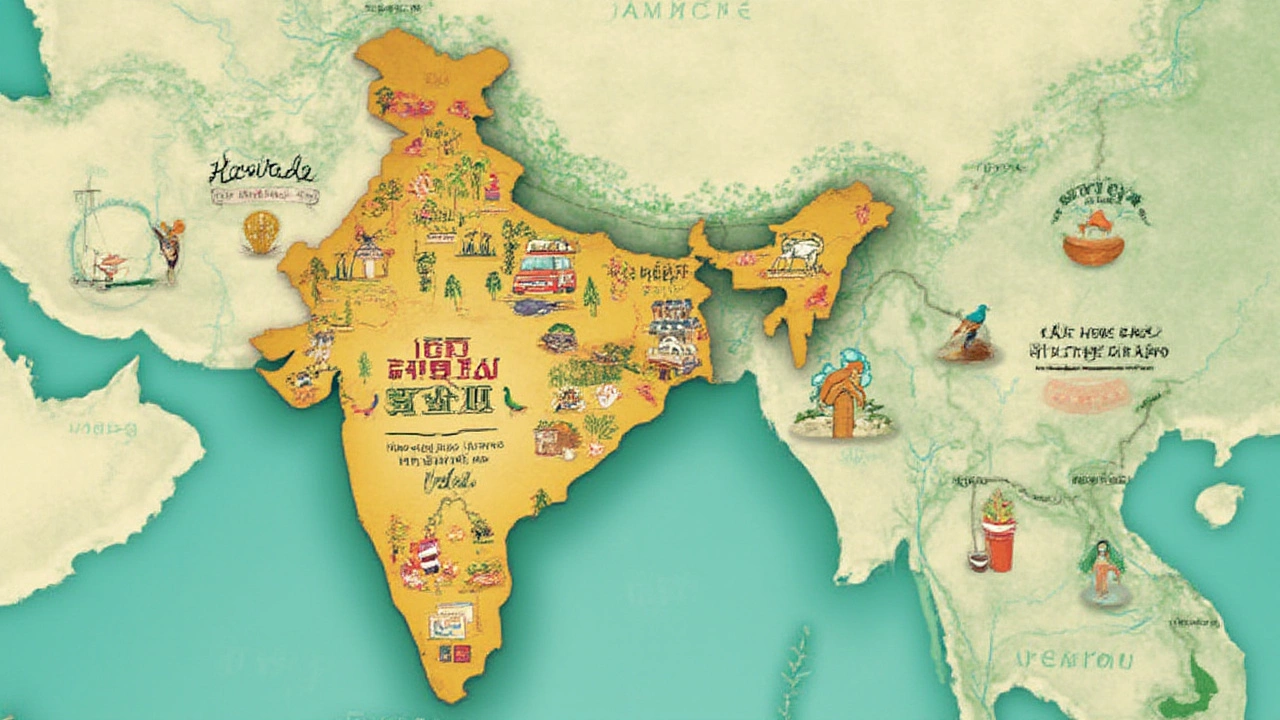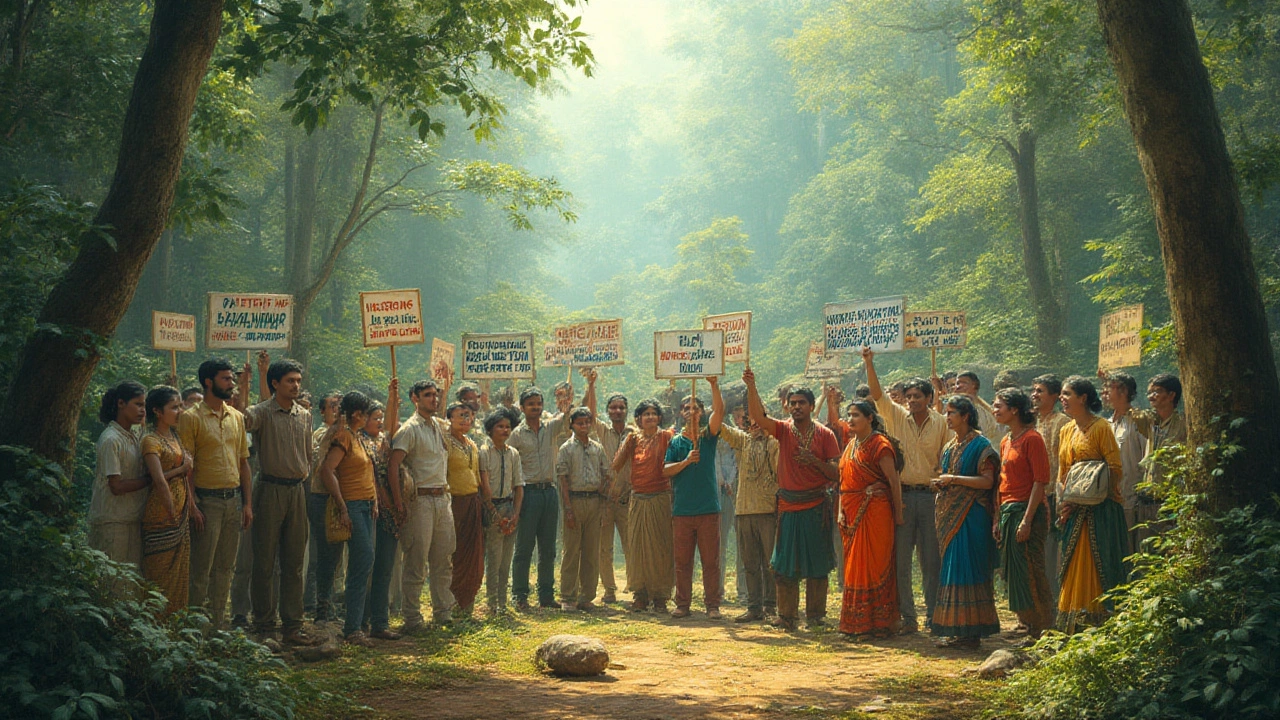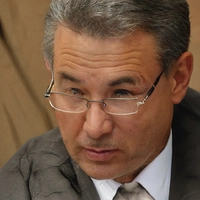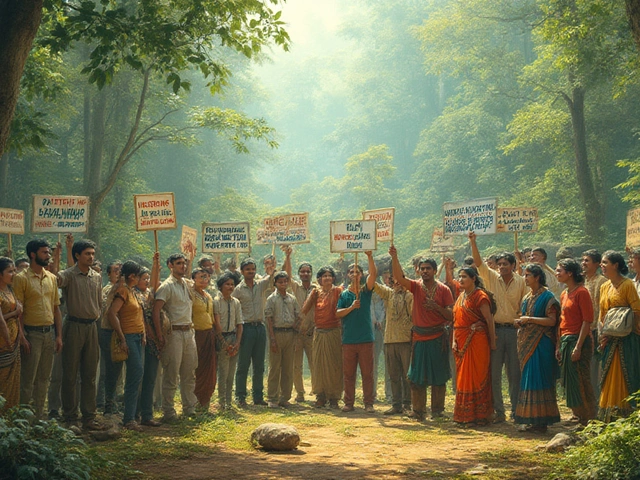Ever wondered who actually pulls the biggest strings when it comes to protecting forests, fighting pollution, or tackling climate change? Some groups talk a big game, but only a handful have the reach, reputation, and resources to shape environmental policy across the world. The race for the title of “biggest environmental group” isn’t just about flashy protests or viral videos. It’s about who has the money, the members, the wins, and the staying power to tilt the scales for the planet. Here’s what’s really going on behind those green banners.
The Heavyweight Champion: Who’s Actually the Biggest?
If you’re looking for the world’s largest environmental interest group, one name comes up again and again: the Sierra Club. With roots reaching back to 1892, these folks started by fighting to protect California’s Yosemite Valley and have evolved into an environmental powerhouse. Today, the Sierra Club has more than 3.8 million members and supporters, making it the biggest grassroots environmental organization in the United States—and one of the largest worldwide. They’re not just signing petitions and waving signs. Sierra Club shapes laws, trains activists, and bankrolls major legal battles to try and keep fossil fuels in the ground and wild places, well, wild.
But wait, the World Wildlife Fund (WWF) and Greenpeace aren’t exactly small fries. WWF claims offices in over 100 countries and millions of supporters, while Greenpeace dominates the global stage with stunts that grab headlines. Yet if you measure by direct membership, annual budget, and political sway in the U.S.—the world’s biggest economy—Sierra Club usually edges out as the most powerful grassroots group fighting for the environment.
Let’s break this down with some real numbers in the table below:
| Organization | Founded | Membership | Annual Budget (approx.) | Countries Active |
|---|---|---|---|---|
| Sierra Club | 1892 | 3.8 million (U.S. based) | $160 million | USA |
| WWF | 1961 | 5 million supporters | $350 million | 100+ |
| Greenpeace | 1971 | 2.8 million (members and donors) | $180 million | 55+ |
Numbers only tell part of the story, though. Sierra Club’s influence hits hardest in legislation—like helping shut down hundreds of coal power plants in the United States. Greenpeace and WWF, for their part, sway global treaties and business practices. But for city councils and the halls of the U.S. Congress, Sierra Club’s boots-on-the-ground engagement beats everyone else’s hands down.
How These Giants Shape Environmental Policy
Membership numbers and glossy magazines are one thing—the real action is happening in courtrooms, city halls, and tech boardrooms. The Sierra Club has built a reputation as the most effective U.S. lobbyist when it comes to environmental issues. If you ever opened up your news app and saw dirty coal plants shutting down or new national parks popping up, you can bet a Sierra Club campaign was somewhere in the mix. Their "Beyond Coal" campaign alone is credited with helping retire over 300 coal-fired power plants, which is massive when you think about the air we breathe.
Greenpeace takes a more public, confrontational approach. Remember the time they scaled the Statue of Liberty or hung banners off oil rigs? They’re masters at getting eyes on issues like plastic pollution or deforestation, especially in Europe and Asia. And then there’s WWF, who play the long game with businesses and governments, working out complicated agreements to protect polar bears or rainforests while balancing local economies. Each style works in its own way, but the Sierra Club’s political strategy often means real laws change, real fast.
Want a sneak peek into how these changes happen? Here’s how the Sierra Club gets things done:
- Grassroots organizing: Thousands of volunteers pressure local decision-makers from the ground up.
- Legal action: Teams of lawyers sue polluters and government agencies that skirt environmental rules.
- Lobbying: Paid and volunteer lobbyists push for green laws at every level of government.
- Media campaigns: Social media and TV ads keep environmental issues in the public eye, especially during elections.
For comparison, WWF might focus on working with Coca-Cola to use less water, while Greenpeace would blast the company for causing pollution. All three paths lead to cleaner air, less waste, and wilder wildlife—but only Sierra Club has the massive American membership backing direct change in the world’s biggest consumer market.

What Makes Environmental Groups Powerful?
So why does size matter for environmental groups? Simple: politicians listen to big voting blocs, businesses listen to customers, and media outlets listen to loud, organized movements. A group like the Sierra Club with nearly 4 million members can deliver a flood of calls, emails, and petition signatures in a matter of days. That’s power you see in election cycles, when candidates scramble for endorsements from groups that influence broad swaths of the population.
But membership isn’t the only thing that matters. Money keeps advocacy running, and having a smart game plan for using it separates the winners from the rest. The table above might show big numbers, but how those dollars are spent is where the magic happens. The Sierra Club plows resources into organizing on the ground and running legal challenges; WWF goes for scientific research and big business deals; Greenpeace invests in wild, headline-grabbing actions.
Here’s another twist: digital clout matters more every year. With email campaigns and TikTok videos, groups reach millions in seconds. The Sierra Club, for instance, has gone viral launching solar energy awareness and mobilizing college students with influencer partnerships, giving them a digital footprint few can match. Social media can spark a wildfire of support, or turn a little protest into a national conversation in a matter of hours.
Sometimes people think only radical activism forces change, but steady, behind-the-scenes campaigning works too. The Sierra Club’s success with coal plant closures shows how relentless legal pressure can move mountains, often while nobody’s watching. They build diverse alliances—urban housing activists, mountain bikers, clean energy startups—making them impossible to ignore from Washington D.C. to Main Street, USA.
For those wanting to get involved, joining isn’t your only option. You can show up at hearings, sign petitions, or even run for office with their support. You don’t need a PhD—just a chunk of your Saturday afternoon and a bit of curiosity. If you’re a college student, there are chapters on campuses in every state, and there’s always free pizza at the first meeting (not kidding, they’ve got the snacks down to a science).
Tips for Getting Involved (and Making a Difference)
Joining the biggest environmental group isn’t just a feel-good move. It actually tips the balance. When organizations tally political will, every member means something. If you want to help, here’s how to do it in a way that matters:
- Sign up as a member or supporter: Go beyond slacktivism—official membership gives groups more bargaining power.
- Volunteer locally: Lend a hand at park cleanups, river restorations, or phone banks. It’s the backbone of every real victory.
- Follow the money: Donate if you can. Even small recurring gifts add up, especially for legal battles where every dollar can keep a public land safe or shut down a polluter for good.
- Contact your representatives: Sierra Club and others make it easy with pre-written emails and scripts. You can call your senator on your lunch break—no sweat.
- Share smart stuff on social: Misinformation is everywhere. Double-check sources and share news from legit sites. It’s stronger than a rant.
- Pledge for green living: Join campaigns that promise to save energy, drive less, or skip single-use plastics. Big groups track these numbers to show intensity and demand.
Want a team atmosphere? Sign up for events like “Get Out The Vote” for climate-friendly candidates, lobby days at the state capitol, or Earth Day celebrations. You’ll meet people who care as deeply as you do, and you’ll see first-hand just how far influence can stretch when numbers are behind it.
Here’s a quick tip: Check credentials before you act. Real groups always show their board members, financial reports, and campaign victories. If you’re not sure, check Charity Navigator—it ranks transparency and effectiveness so you’re not just shouting into the wind.
Environmental groups aren’t just watchdogs—they’re rainmakers, law-changers, and sometimes, lifesavers. Whether you’re hiking a trail saved from developers, drinking cleaner water after a toxic spill is stopped, or scrolling past a viral call to action, big green groups leave their thumbprint somewhere in your daily life. Their influence stretches from oil fields in the Gulf to the steps of the Supreme Court. And the best part? That power only grows when you—and everyone you know—gets on board.


